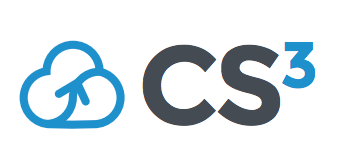Description
Format: prime time presentations, 25 minutes + 10 minutes QA.
There is an increasing number of scientific-, engineering-, collaborative- and office applications closely integrated with CS3 services (cloud storage and file sync/share services). This session is designed for (power-)users of such novel applications to share their experience with synchronized-, online- and offline-storage: benefits and areas for improvement of CS3 services in their respective application domains. This session is an opportunity for service and technology providers to understand opportunities and new requirements but also shortcomings of existing CS3 implementations from the most important perspective: the one of the user.
Application domain examples:
- Image collection, processing and analysis
- Educational applications
- Scientific notebooks for data processing
- Collaboration and communication in teams
- Decision support systems
- Problem solving environments
- Data curation and publication workflows
Data analysis in High Energy Physics experiments requires processing of large amounts of data. As the main objective is to find interesting events from among those recorded by detectors, the typical operations involve data filtering by applying cuts and producing of histograms. The typical offline data analysis scenario for TOTEM experiment at LHC, CERN involves processing of 100s of ROOT...
Research Data Management (RDM) serves to improve the efficiency and transparency in the scientific process and to fullfil internal and external requirements. Three important goals of RDM are:
- long-term data preservation,
- scientific-process documentation,
- data publication.
One of the tasks in RDM is to define a workflow for data as part of the research process and data lifecycle. RDM...
We present our recent work [1] where we applied state of the art deep learning techniques for image recognition, automatic categorization, and labeling of nanoscience images obtained by scanning electron microscope (SEM). Roughly 20,000 SEM images were manually classified into 10 categories to form a labeled training set, which can be used as a reference set for future applications of deep...
The Joint Research Centre (JRC) of the European Commission has set up the JRC Earth Observation Data and Processing Platform (JEODPP) as a pilot infrastructure to enable the knowledge production Units to process and analyze big geospatial data in support to EU policy needs. The very heterogeneous data domains and analysis workflows of the various JRC projects require a flexible set-up of the...
